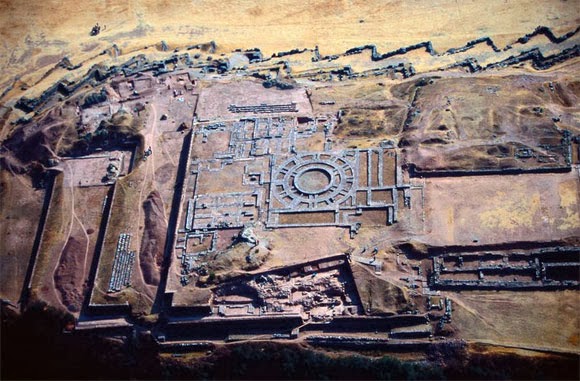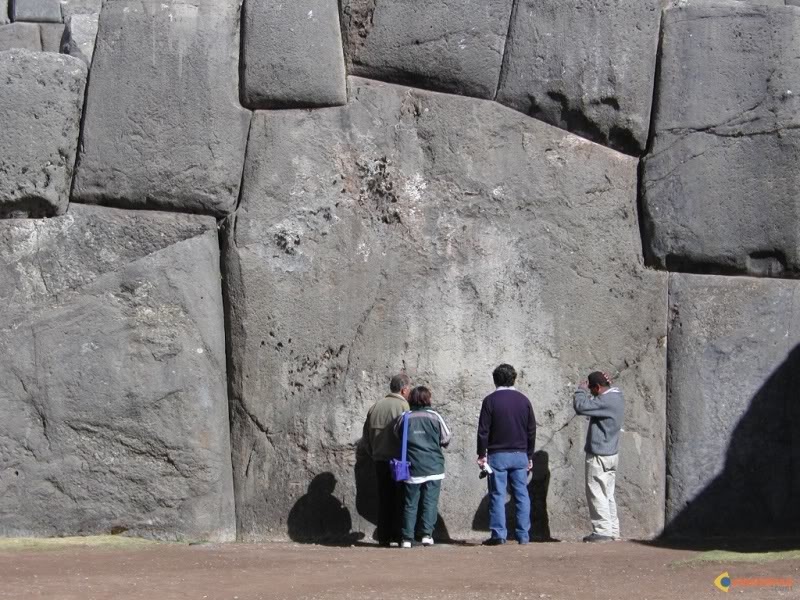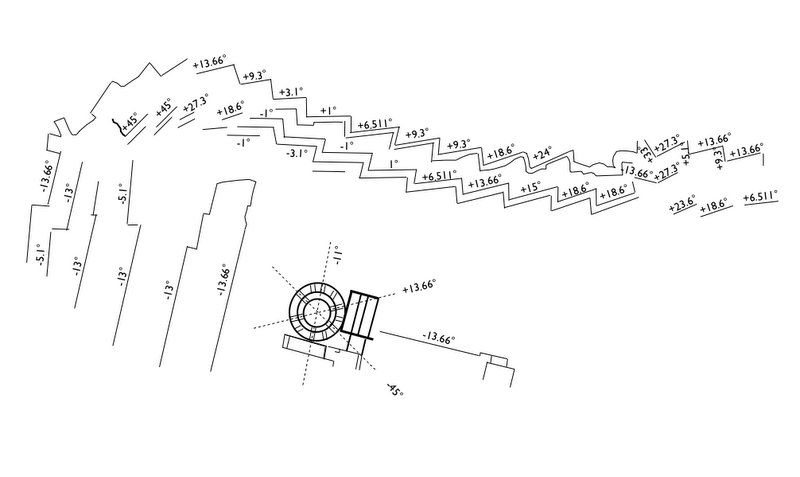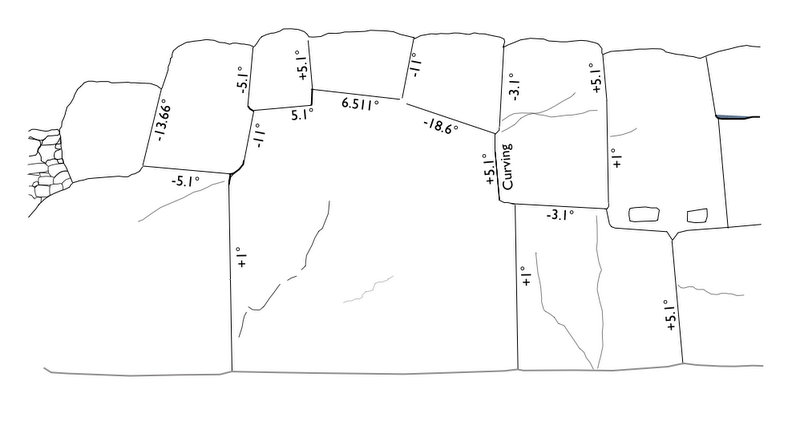30,000-Year-Old Hidden Writing system Discovered at Sacsayhuamán
4 min read
According to a researcher, there is a 30,000-Year-Old ‘hidden’ writing system at the megalithic site of Sacsayhuamán.
Sacsayhuaman
Aerial view of Sacsayhuamán
According to a thought-provoking and somewhat controversial theory, a 30,000-year-old writings system is embedded into the construction of megalithic site Sacsayhuamán.
Many people firmly believe that highly complex and advanced societies existed on our planet thousands of years ago. These ancient civilizations developed highly sophisticated writing systems and technologies that are lost in today’s mainstream view of history. (Check out 10 incredible images of Sacsayhuamán)
A 30,000-year-old writing system at Sacsayhuamán would not only change the way mainstream scholars consider history but would alter the understanding of ancient mankind forever.
The ancient megalithic fortress of Sacsayhuamán is located at an elevation of more than 12,000 feet in the northern outskirts of the city of Cuzco, Peru. Like many Inca sites, Sacsayhuamán features astonishing– precisely cut stonework, but not all of it was credited to the Inca. What is an interesting fact here is that the Inca themselves believed the site was constructed by an earlier unnamed race of people led by a mighty God, who descended from the skies.

The construction of Sacsayhuamán remains a profound mystery for researchers who have failed to understand how ancient people managed to quarry, transport and place these megalithic stones.
Even though numerous studies have been performed on site; Sacsayhuamán remains shrouded in mystery. It remains a mystery as to how ancient cultures managed to transport and quarry the megalithic stones we see today at Sacsayhuamán.
These mighty blocks of stone have caught the attention of numerous researchers around the world, who have tried desperately to solve the mystery behind this Ancient complex. Among them is Dr. Derek Cunningham, a published author and researcher who has proposed a controversial theory that might explain —at least partially—the gigantic blocks of stone at Sacsayhuamán.
After studying the ancient fortress, Dr. Cunningham proposed that the mysterious angles formed by the megalithic blocks of stone reveal ancient knowledge of astronomical alignments of the moon, the sun and our planet, as well as lunar and solar eclipses.
It is well known that many ancient cultures built their monuments and cities based on astronomical alignments.
But Dr. Cunningham went beyond orthodox theories and proposed a hypothesis which revolves around the idea that ancient civilizations –like the builders of Sacsayhuamán—developed an intricate writing system which dates back at least 30,000 years. This ancient form of writings was base of geometrical forms taking in count the motion of both the moon and sun. According to his theory, the astronomical values considered as central to predict eclipses are converted into “angular values.”
Sacsayhuamán isn’t the only place where such a writing system is found says Dr. Cunningham. Interestingly, the researchers claims that an ancient astronomical writing system can be found in both Lascaux and Chauvet caves in Europe, the Ishango tally bone from Africa and other ancient sites.

Above: Overhead drawing view of the Sacsayhuamán complex showing angular values. Drawing courtesy Derek Cunningham
“Now, substantial evidence has also been discovered that this archaic writing was used, perhaps almost continuously, until 500 years ago,” states Cunningham.
According to Dr. Cunningham, he became fascinated with the ancient site when he noted extremely unusual patterns in other archaeological sites in Europe. The finding led him to research other ancient sites, hoping to discover similarities among them. To his fortune, he found that the placement and angles of the megalithic stones at Sacsayhuamán revealed an extraordinary ancient secret.

Above: One Sacsayhuamán wall example. Drawing courtesy Derek Cunningham
“Each astronomical value (there are 9 standard values in total) was chosen by ancient astronomers to aid the prediction of eclipses. These astronomical terms are a mixture of values scientists use to measure time (the 27.32-day sidereal month) and values to determine when the moon, earth and sun align at nodes. This includes the use of the 18.6-year nodal cycle of the moon, the 6.511 draconic months period between eclipse seasons, and also the 5.1-degree angle of inclination of the moon’s orbit. The remaining values typically are either half-values of various lunar terms, or values connected to the 11-day difference between the lunar and solar years,” Dr. Cunningham says.
I honestly do not care whether I am right or wrong about this,” he concludes. “All I have found so far is that the data is what it is. The potential of the idea to explain some things about so many sites from the pyramids of Egypt to the Atacama Giant in Chile is obviously very controversial, and it should be. But if correct, it could rewrite some aspects of our understanding of not only the Stone Age but also world history. If on the other hand, scholars prove this particular astronomical theory wrong, then we can move on, knowing that it has been sufficiently tested. What is most intriguing is that a completely new window may have been opened into the past.” says Dr. Cunningham in an article in Popular Archaeology.
read more at:
http://www.ancient-code.com/30000-year-old-hidden-writing-system-discove…




